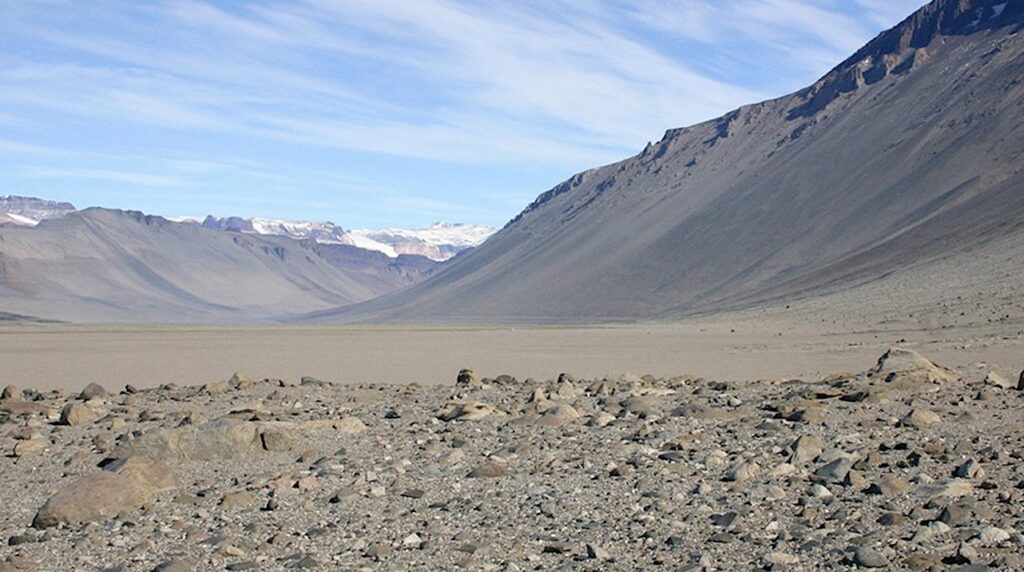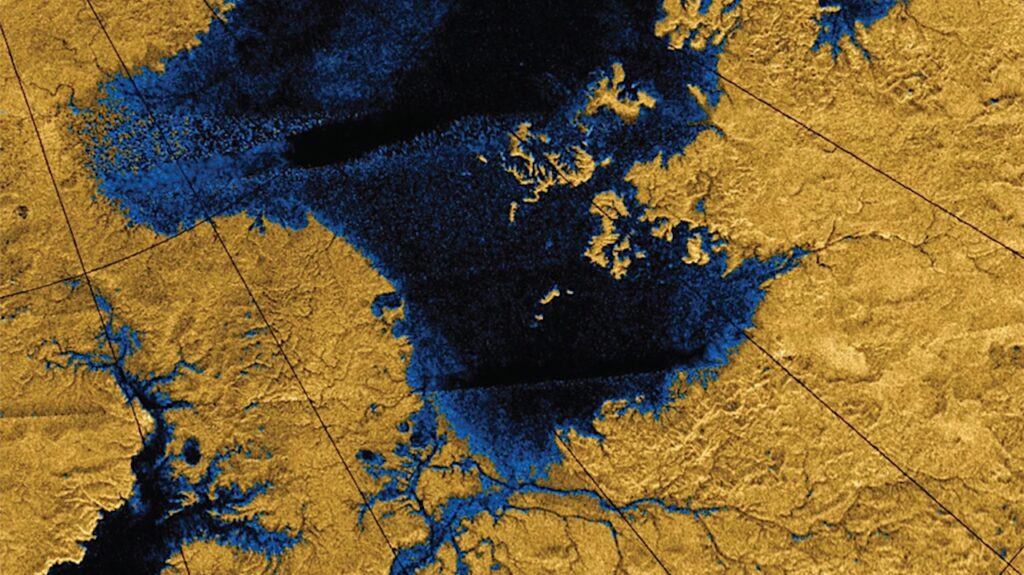Offworld Life Science: ARTEMOSS (Antarctic Isolate 1 (ANT1) Radiation Tolerance Experiment
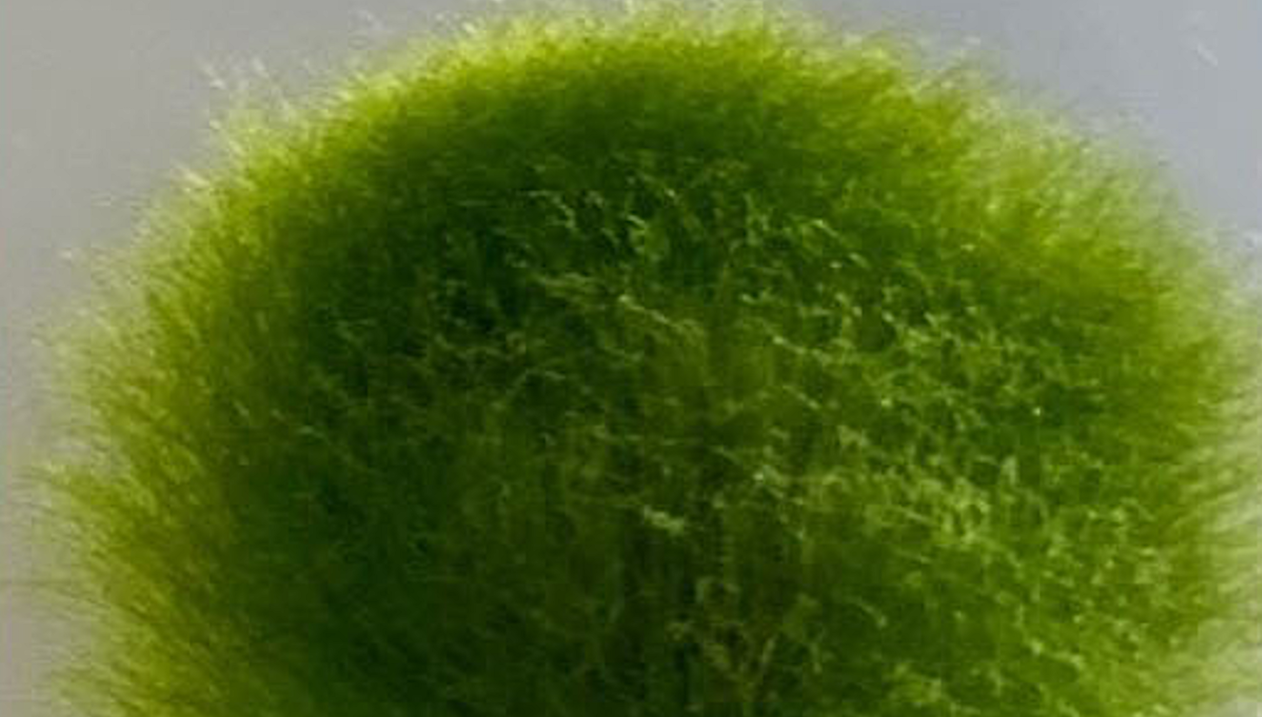
Overview: This experiment will be a continuation of research already underway on Earth on Antarctic moss. The moss samples have already been exposed to solar radiation at the NASA Space Radiation Lab at Brookhaven National Lab in Upton, New York and a similar investigation will take place on the International Space Station testing how the moss recovers in different gravity environments.
Principal Investigator: Dr. Agata Zupanska, University of Florida, Gainesville
Science objectives:
- To research the recovery process of Antarctic moss from radiation damage
- To learn how cosmic radiation and microgravity simultaneously can alter the performance and make of the plants
- To determine if the moss develops any tolerance to deep space conditions
Potential Earth applications:
- To better understand how plants and biological systems can overcome severe conditions on Earth to still supply food and life necessities
Potential space applications:
- To learn more about the potential for other biological systems to have a similar genetic response and physiological adaptation to harsh conditions in space
- To create and develop for future missions new bioregenerative life support systems and environments for plants that can tolerate conditions in deep-space

One of the ANT1 Radiation Tolerance Experiment with Moss in Orbit on the Space Station (ARTEMOSS) plates is seen. To prepare the plates, tissue of Antarctic moss Ceratodon purpureus (named ANT1 isolate) is blended in water and thirteen (13) spot-inoculums are deposited per Petri plate and grown in optimal conditions for seven (7) days. The ARTEMOSS investigation examines whether and how an Antarctic moss repairs damage caused by cosmic radiation and microgravity. jsc2024e062107 (9/13/2024) — Image courtesy of Agata Zupanska. Date Created:2024-09-13 larger image
IMAGE
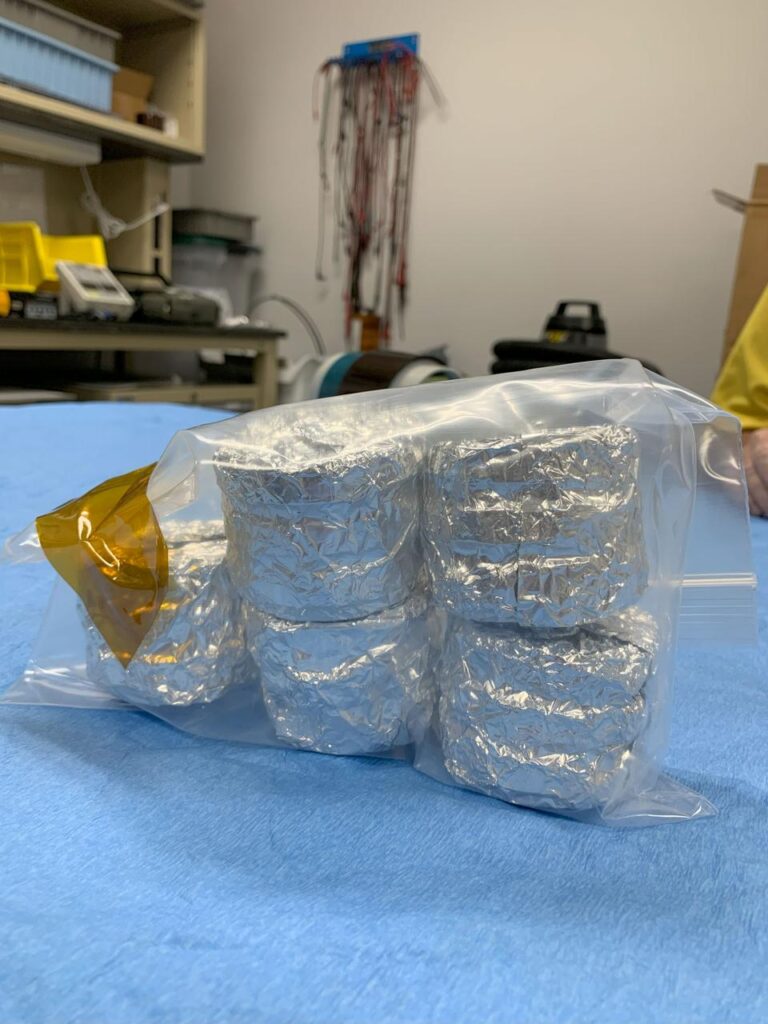
The ANT1 Radiation Tolerance Experiment with Moss in Orbit on the Space Station (ARTEMOSS) payload: five of the Petri plate stacks are inserted into a flight-approved Zip lock bag and sealed with the zipper seal, a square of the flight-approved Tedlar tape is used for designation of top-bottom orientation relevant for preflight operations and launch. The ARTEMOSS investigation examines whether and how an Antarctic moss repairs damage caused by cosmic radiation and microgravity. jsc2024e062114 (9/13/2024) — Image courtesy of Agata Zupanska. Date Created:2024-09-13 Larger image
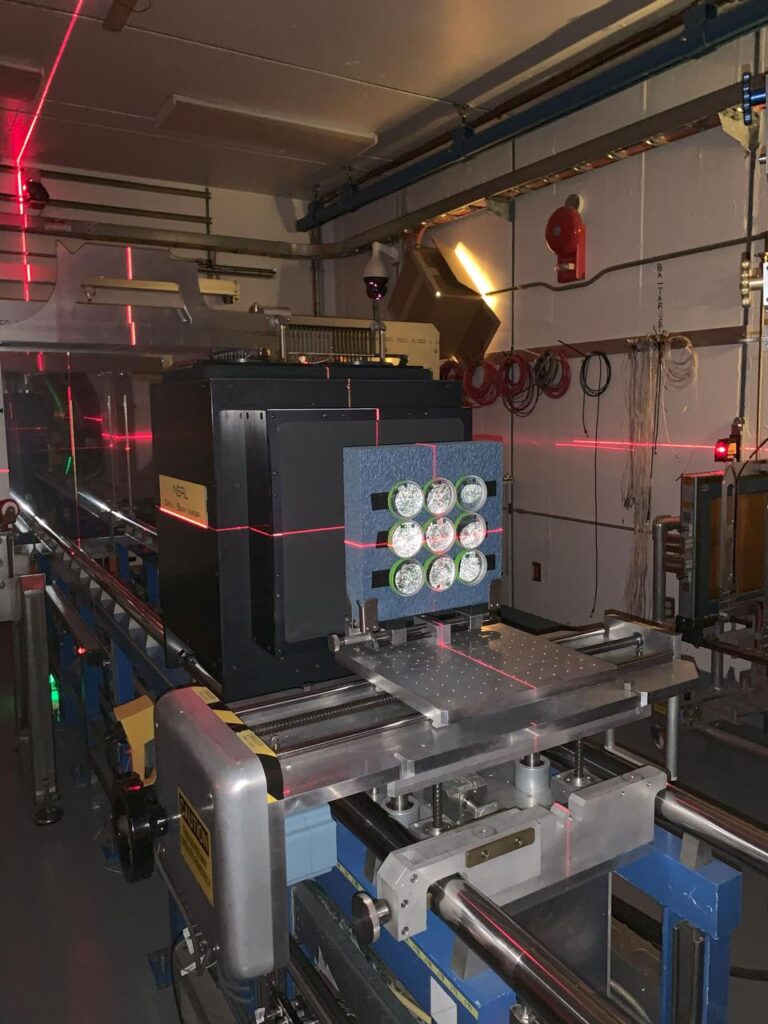
The ANT1 Radiation Tolerance Experiment with Moss in Orbit on the Space Station (ARTEMOSS) plates are attached to the foam holder prepared for the ion beam run in the target room at the NASA Space Radiation Laboratory (NSRL), at the Brookhaven National Laboratory (BNL), with a visible laser used to center the beam placement. The ARTEMOSS investigation examines whether and how an Antarctic moss repairs damage caused by cosmic radiation and microgravity. Image courtesy of Agata Zupanska. jsc2024e062109 (9/13/2024) — Image courtesy of Agata Zupanska. larger image
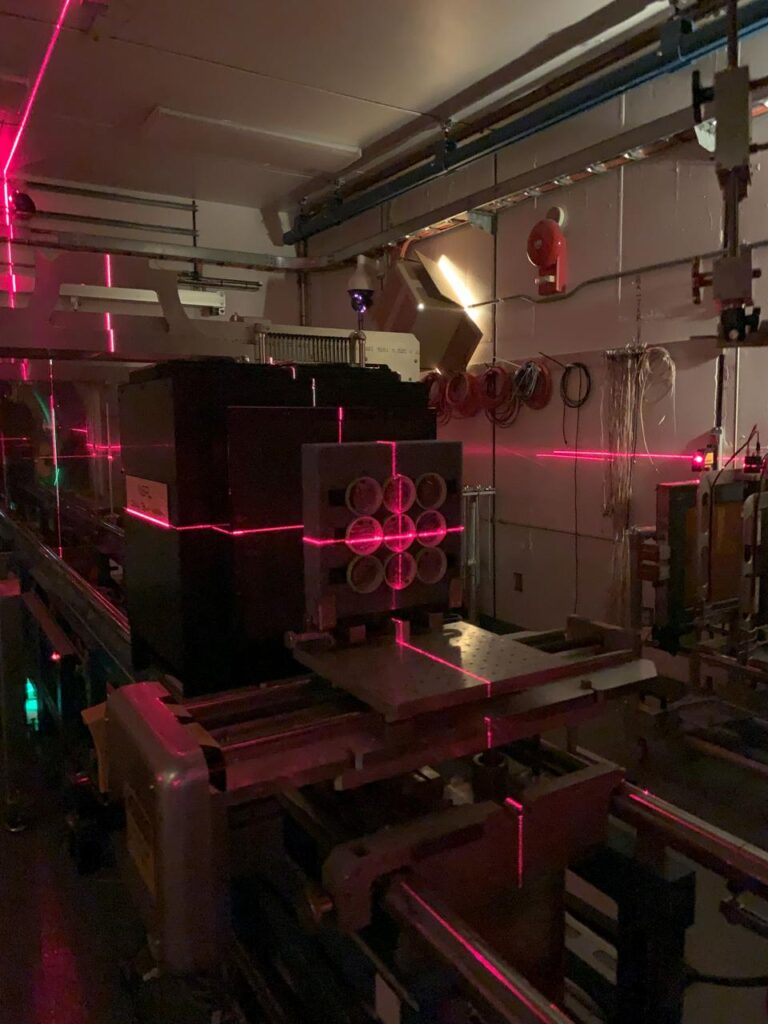
The ANT1 Radiation Tolerance Experiment with Moss in Orbit on the Space Station (ARTEMOSS) plates are attached to the foam holder in the darkened target room at the NASA Space Radiation Laboratory (NSRL), at the Brookhaven National Laboratory (BNL) shortly before the ion beam run. The ARTEMOSS investigation examines whether and how an Antarctic moss repairs damage caused by cosmic radiation and microgravity. jsc2024e062110 (9/13/2024) — Image courtesy of Agata Zupanska. larger image
Astrobiology, Space Biology,




